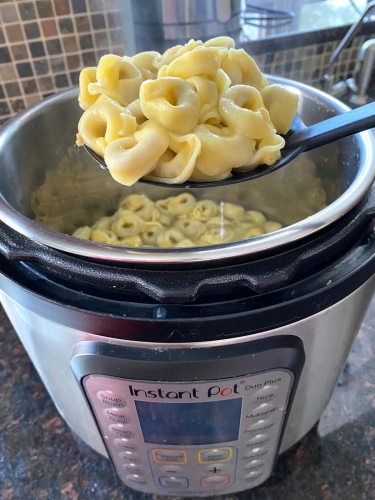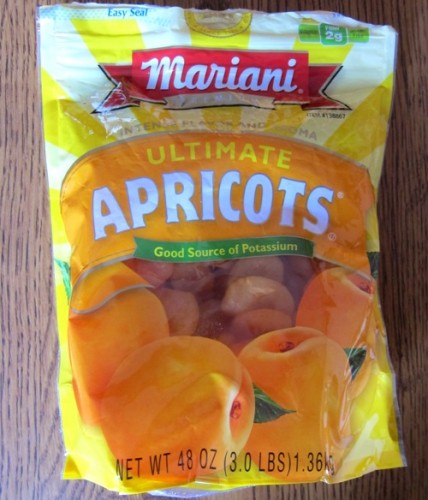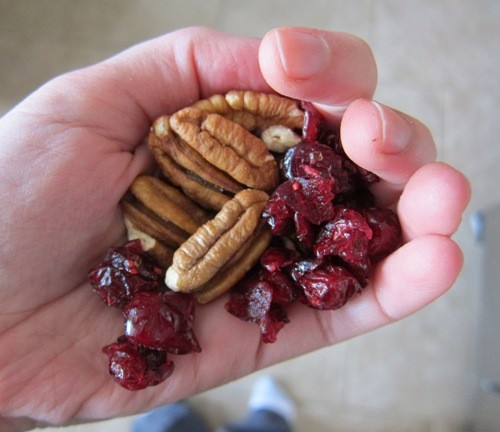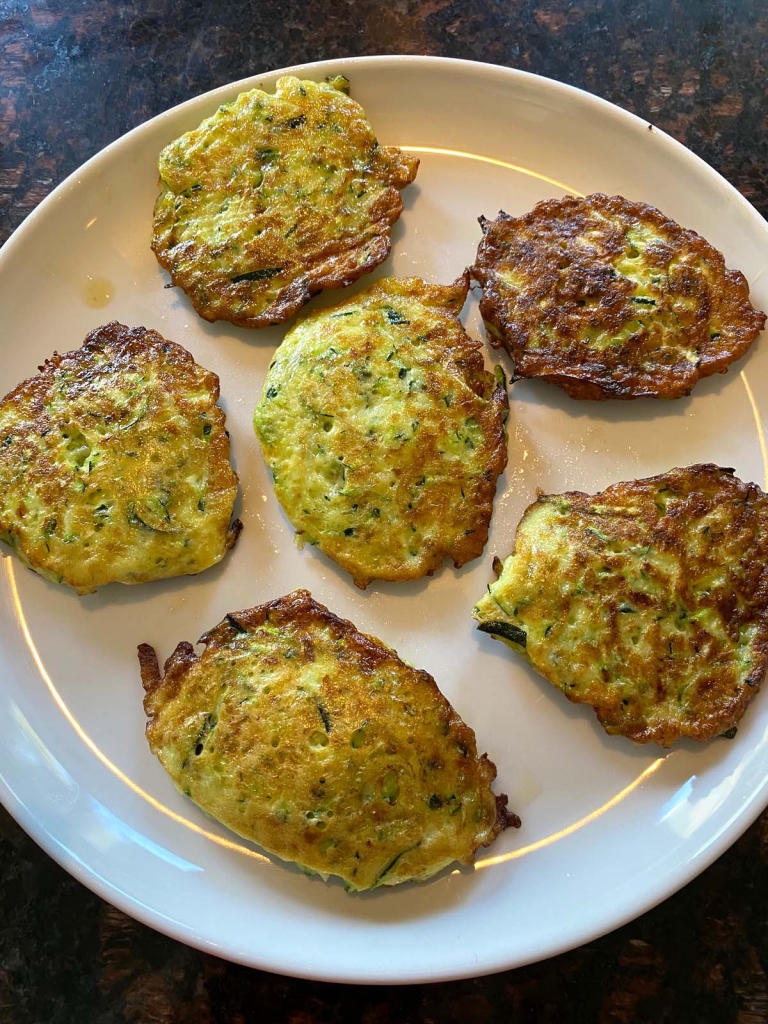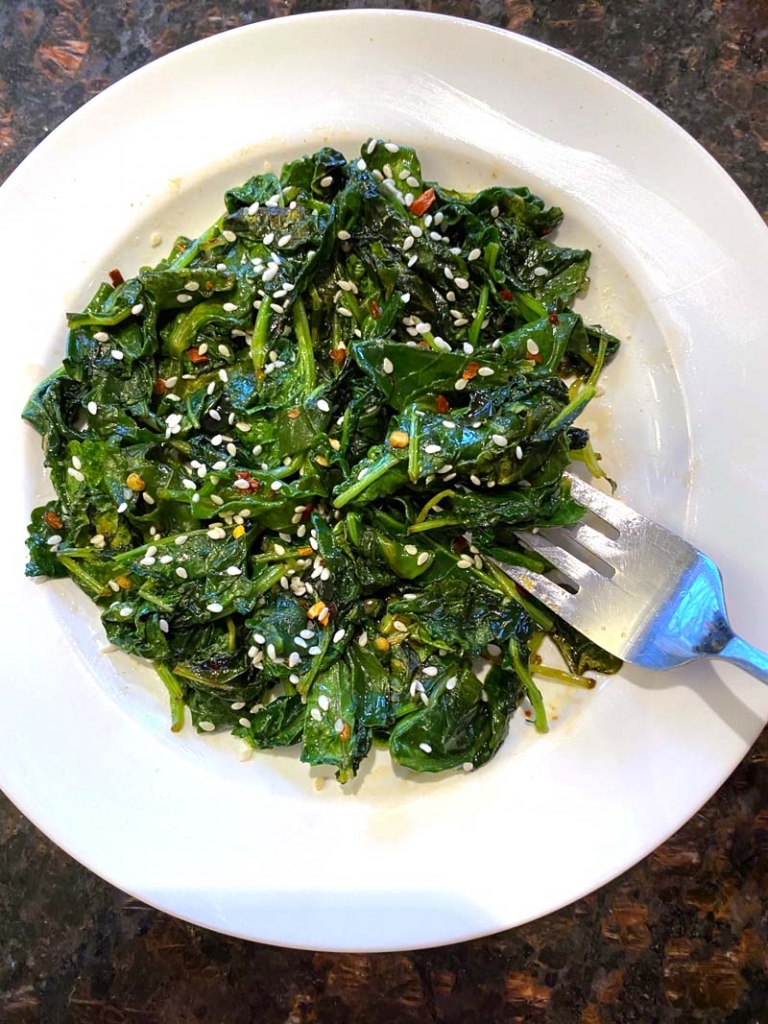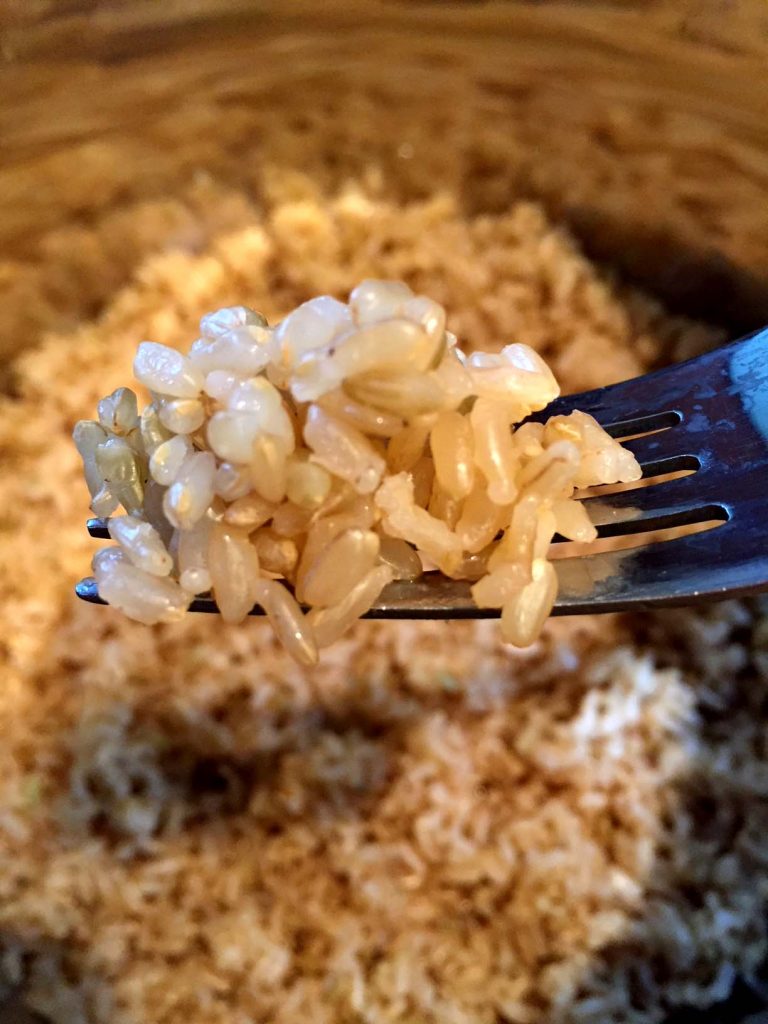How To Cook Dried Beans On The Stove
This post may contain affiliate links (disclosure).
Cooking dried beans on the stove is a budget-friendly, nutritious, and delicious way to enjoy homemade beans. While it may seem daunting at first, the process is straightforward and easy. With this guide, you’ll learn how to soak and cook dried beans to perfection, resulting in tender and flavorful beans that can be used in a variety of dishes, from soups to salads.

Why You’ll Love How To Cook Dried Beans On The Stove
- Incredibly Affordable: Dried beans are much cheaper than their canned counterparts. Cooking them at home allows you to make a large batch at a fraction of the cost.
- Customizable Texture: Whether you prefer your beans firm or soft, cooking them on the stove lets you control the texture to your liking by adjusting the cooking time.
- Healthier and Additive-Free: Store-bought canned beans often contain added sodium and preservatives. By cooking them at home, you get a clean, additive-free ingredient.
- Perfect for Meal Prep: Dried beans can be made in large quantities and stored for later use. Cook a big batch and freeze portions for quick meal additions throughout the week.
- Versatile and Delicious: Once cooked, these beans can be used in endless recipes – from soups and stews to burritos and salads, making them a kitchen staple.
When most people see that a recipe calls for dried beans, they cringe. Dried beans can be a pain to work with if you’ve never cooked with them before. You can’t just toss a bag of dried beans into the pot, add the other ingredients and let it cook – if you do it this way, you’ll end up biting into some pretty rock hard beans!
Ingredients For How To Cook Dried Beans On The Stove
- Dried Beans – Use any type of dried beans like black beans, kidney beans, or pinto beans. Each variety will cook slightly differently, but the process remains the same.
- Water – Essential for soaking and cooking the beans. The ratio is typically 10 cups of water for every 1 pound of beans.
The right way to cook dried beans is to prepare the beans ahead of time and then cook them. Here’s how you do it.
Kitchen Tools You Need To Make How To Cook Dried Beans On The Stove
- Large Pot – A 5-quart pot works perfectly for soaking and cooking the beans.
- Measuring Cups – To measure the water for soaking and cooking the beans.
- Strainer – For draining and rinsing the soaked beans.
Preparing the Dried Beans For Cooking
There are several different ways to soak dried beans, and the method you use is completely a matter of preference. Look through the beans for any discolored or damaged ones and pick them out. Give the beans a good rinse. Then it’s time to soak them.
Slow Soak – In a large pot, 5 quarts should work, add 1 pound of dried beans to 10 cups of water. Cover the pot with a lid and place in the refrigerator to soak overnight. Then drain the beans and rinse them and they’re ready to cook with.
Quick Soak – In a large pot, boil 10 cups of water. Add 1 pound of dried beans and bring to a boil again. Boil for 2 or 3 minutes, then remove from heat, cover with a lid and leave it sit at room temperature for an hour. Drain the beans and rinse them and they are ready to cook with.
Cooking the Dried Beans
Put the soaked beans in a large pot and fill with water. Bring the water to a boil and then reduce the heat and simmer until the beans are soft. Cooking times vary greatly, especially depending on the type of beans you’re using and how long you soaked them. Keep tasting the beans every 20 minutes after 1 hour of cooking to see if they are done. It could take up to several hours for the beans to get tender.
Do not cook the beans at a rolling boil (make sure it’s a simmer) or they will get mushy. Be patient and let them simmer until they are done. When the beans are done cooking, drain them and now you can use them in your recipe.
Serving Suggestions for How To Cook Dried Beans On The Stove
- Serve the cooked beans as a side dish seasoned with salt, pepper, and a drizzle of olive oil.
- Add the beans to soups, stews, or chili for extra protein and fiber.
- Use the beans in burritos, tacos, or enchiladas for a hearty filling.
- Toss them into salads for added texture and nutrients.
- Blend the beans to make creamy dips or spreads like hummus or refried beans.
Tips For Success
- Choose Your Beans Carefully: Different beans have slightly different cook times and textures. Black beans, pinto beans, and kidney beans are among the most popular. Be sure to sort through the beans before soaking to remove any small stones or debris.
- Soaking is Key: While it may be tempting to skip the soaking process, it is crucial for cooking dried beans evenly. Soaking not only softens the beans but also reduces their cooking time. If you’re short on time, the quick soak method is a great alternative to the overnight soak.
- Simmer, Don’t Boil: After bringing the beans to a boil, reduce the heat to a simmer. Boiling the beans aggressively can cause them to split and become mushy. Keeping a gentle simmer ensures the beans cook evenly and hold their shape.
- Check for Doneness: Cooking times can vary depending on the type of beans, how long they were soaked, and even their age. Start checking for tenderness after 1 hour, and taste every 20 minutes. Beans should be soft but not falling apart.
- Seasoning After Cooking: Avoid adding salt or acidic ingredients like tomatoes or vinegar until the beans are fully cooked. Adding them too early can prevent the beans from softening properly. Once the beans are tender, season them to your taste and use them in your favorite recipes.
Variations And Substitutions
- Different Bean Varieties: You can use any type of dried beans for this method. Black beans, kidney beans, navy beans, pinto beans, and garbanzo beans all work well. Each type of bean may have a slightly different cooking time, so be sure to check for tenderness as you go.
- No-Soak Method: While soaking is ideal, you can skip the soaking process entirely if you’re in a pinch. Simply add an extra 1-2 hours of cooking time to ensure the beans become tender. Keep in mind that this method may result in beans with a slightly less even texture.
- Add Flavor During Cooking: You can enhance the flavor of your beans by adding aromatics during the simmering process. Try adding a bay leaf, a couple of garlic cloves, or half an onion to the pot while the beans cook. Just remember to remove them before serving.
- Use Broth Instead of Water: For an extra flavor boost, cook the beans in vegetable or chicken broth instead of plain water. This adds a subtle depth of flavor that pairs well with many dishes.
- Spice it Up: Once your beans are cooked, season them to your liking. Add cumin, chili powder, or smoked paprika for a Southwestern flavor. You can also add fresh herbs like cilantro or parsley for a fresh finish.
Storage and Reheating
- Storage: Once your beans have cooled, store them in an airtight container in the refrigerator for up to 5 days. For longer storage, transfer the beans to freezer-safe bags or containers, leaving some space at the top for expansion. They will last up to 3 months in the freezer.
- Freezing Tips: Freeze beans in individual portions so they’re easy to use when needed. Be sure to label and date the containers to keep track of freshness.
- Reheating: To reheat refrigerated beans, simply warm them in a saucepan over low heat, adding a splash of water or broth to prevent them from drying out. For frozen beans, thaw them overnight in the refrigerator or reheat them directly from frozen in a pot on the stove, adding water or broth as necessary.
Frequently Asked Questions
Can I skip soaking the beans?
Yes, you can cook dried beans without soaking them, but the cooking time will be much longer, typically 2-3 hours or more. Soaking helps reduce the cooking time and makes the beans easier to digest.
How do I know when the beans are done?
The beans are done when they are tender and easily mashed with a fork or between your fingers. Start checking after 1 hour of simmering, and continue checking every 20 minutes. Different types of beans may require more or less time.
Why are my beans still hard after cooking?
If your beans are still hard after several hours of cooking, it could be due to the age of the beans or hard water. Older beans take longer to soften. If you live in an area with hard water, try using filtered or distilled water for soaking and cooking.
Can I add salt while cooking beans?
It’s best to wait until the beans are fully cooked before adding salt or acidic ingredients like tomatoes or vinegar. Adding these too early can prevent the beans from softening properly. Once the beans are tender, you can season them as desired.
What’s the best way to use cooked beans?
Cooked beans are incredibly versatile. Use them in soups, stews, chili, salads, burritos, and more. You can also mash them into dips like hummus or refried beans for a creamy texture.
Other Easy Beans Recipes
Instant Pot Northern White Beans Recipe: This easy Instant Pot recipe delivers perfectly tender northern white beans in no time, ideal for soups, stews, or side dishes.
No Soak Instant Pot Black Beans: Make flavorful and tender black beans in the Instant Pot without any soaking required, perfect for burritos, salads, or bowls.
Homemade Pinto Beans With Onions From Scratch: Enjoy the rich, hearty flavor of homemade pinto beans simmered with onions for an easy, delicious side dish or filling.
Easy Cabbage and Beans | Healthy Recipe: This nutritious cabbage and beans dish is simple to prepare, packed with flavor, and makes a healthy, satisfying meal.
Classic Kidney Bean Salad Recipe: This vibrant kidney bean salad is a refreshing and protein-packed dish, perfect for potlucks or as a light lunch.
Instant Pot Garbanzo Beans (Chickpeas): Cook perfectly tender garbanzo beans in the Instant Pot to use in salads, hummus, or your favorite Mediterranean dishes.
Quick No Soak Black Beans in Instant Pot: Whip up delicious and tender black beans in the Instant Pot without the need for soaking, great for tacos, bowls, or soups.
How To Cook Dried Beans On The Stove
Ingredients
- 1 pound dried beans
- 10 cups water for soaking and cooking
Recommended Kitchen Tools (click the links below to see the items used to make this recipe)
- Large pot
- Strainer
Instructions
Soak the Beans
- Slow Soak: Add 1 pound of beans to a large pot with 10 cups of water. Cover and refrigerate overnight. Drain and rinse the beans before cooking.
- Quick Soak: In a large pot, bring 10 cups of water to a boil. Add 1 pound of dried beans and boil for 2-3 minutes. Remove from heat, cover, and let sit for 1 hour. Drain and rinse the beans.
Cook the Beans
- Place soaked beans in a large pot, and fill with fresh water. Bring to a boil, then reduce heat to a simmer. Cook for 1-3 hours, checking every 20 minutes after the first hour, until beans are tender. Drain the beans and they’re ready for use in any recipe!
Notes
- Cooking time varies based on bean type and soaking duration.
- Be sure to simmer, not boil, to avoid mushy beans.
More Boiled Recipes
- Easy Boiled Baby Potatoes Recipe
- Simple and Healthy Boiled Cauliflower
- Oven-Baked Hard Boiled Eggs Recipe







